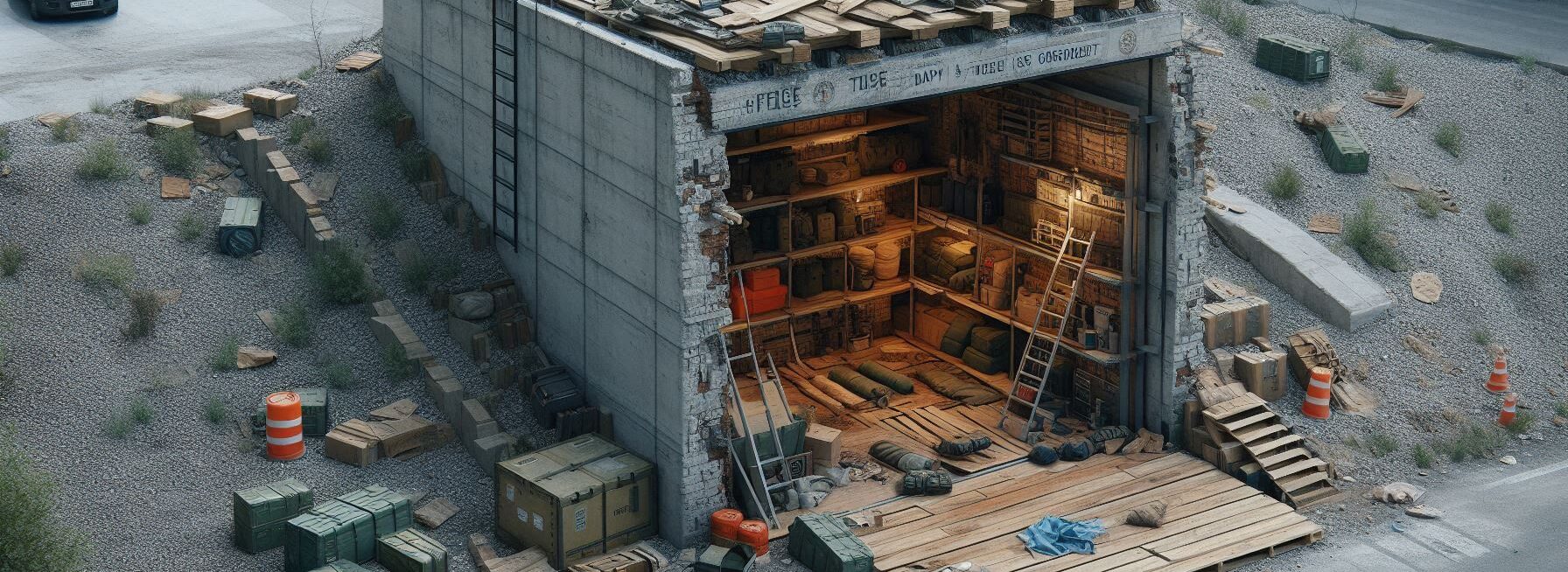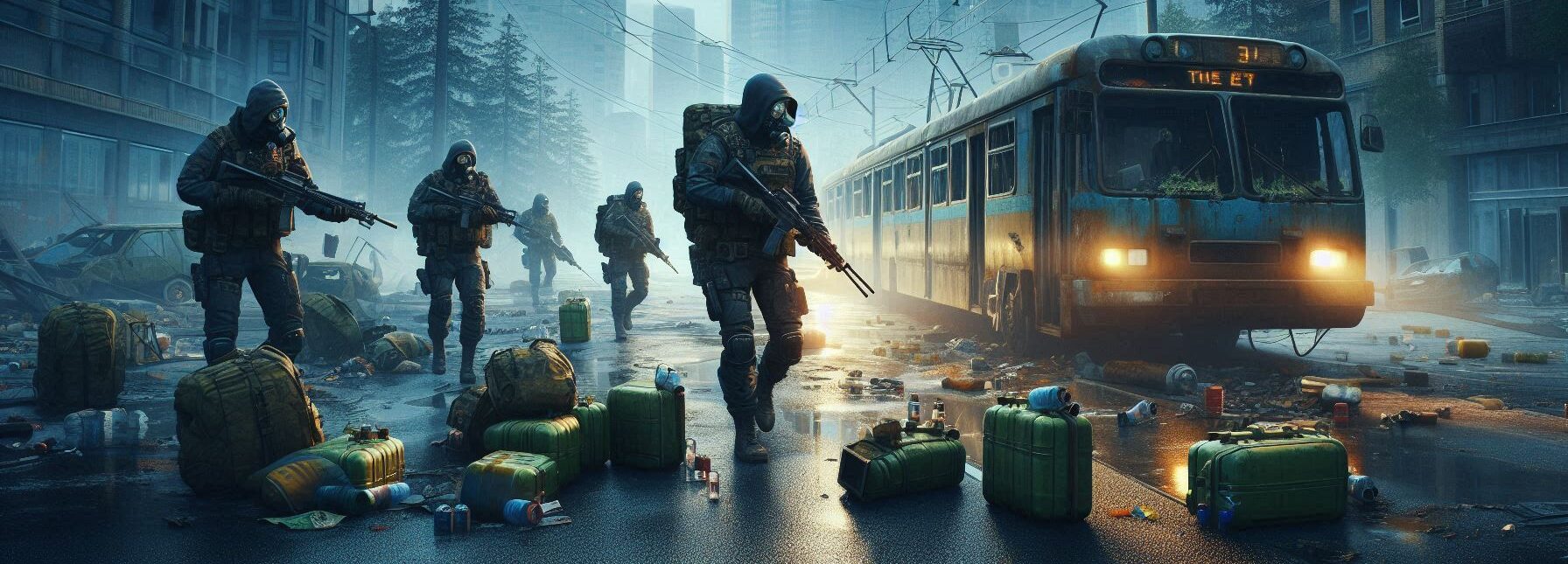Please Note: This post may contain affiliate links. If you click one of them, we may receive a commission at no extra cost to you. As an Amazon Associate, I earn from qualifying purchases.
Last Updated on November 2, 2025 by Kevin Collier

Top Takeaways and Key Concepts
- Identify nearby parks and fountains as emergency water and safe zones.
- Learn public transit routes and backup plans for quick evacuations.
- Visit community centers to access supplies, shelter, and local updates.
- Use local businesses for Wi-Fi, charging, and building helpful networks.
- Observe and utilize urban objects creatively to navigate and solve problems.
Imagine this: the lights flicker, then poof! It’s dark. You’re in your living room, wondering if it’s a good time to build a fort out of couch cushions. Sounds fun, right?
But when everything goes haywire, urban stuff can really help you out. Like, who knew those orange construction cones were actually useful? They can block off areas or guide you where to go. Pretty neat, huh?
When things get tough, being smart about what’s around you can change everything. You can go from being confused to mastering your city like a pro. Like an urban survivalist superhero—with a cape that’s probably just a towel.
Check your local parks. They might have fresh water—like fountains. A quick stop can fill up your water bottle. Don’t overlook shelters too. They can provide food or help when you need it.
Look at maps. Even the ones on your phone. They'll show you where to go and what to find. Libraries could have backup power or places to hang out. And don’t forget resources like community centers. They can connect you with people who know more.
Having a community is gold. Neighbors can share info, help each other out. Grab that cup of sugar or lend a hand when it’s really needed. You’re not alone in this.
When things feel tough, look around. Use what’s there. Being clever about your city can turn a messy situation into something manageable. You really can be the superhero of your street, even without the fancy cape. You've got this!
The Power of Public Transportation
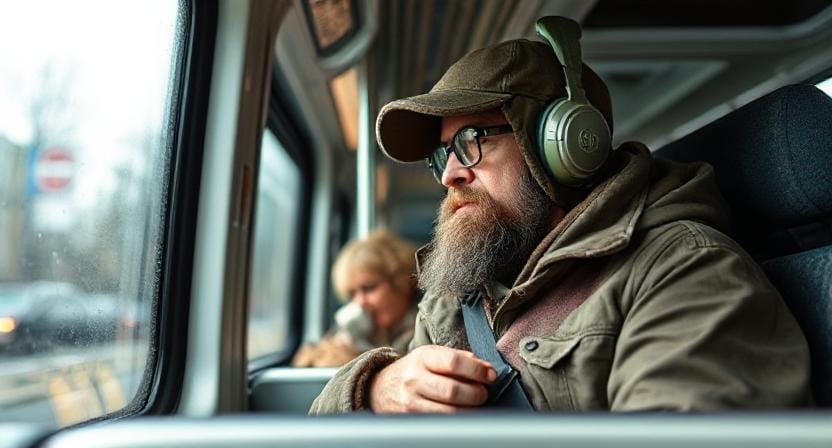
*** Shop for Survival Gear - Tools - Kits ***
Survival Gear - Bags and Backpacks - Knives - Boots/Footwear - Communication
Outdoor Cooking - Gloves - Hydration - Dry Boxes - Water Filtration Systems
Tents - Sleeping Bags - First Aid Kits - Multi-Tools - Flashlights - Fire Starters
Navigation - Survival Food - Night Vision - Headlamps - Stun Guns - Binoculars
First off, let’s talk about public transportation. Buses and subways might seem like just another way to get stuck next to someone who forgot deodorant, but in an emergency, they can be lifesavers.
Imagine needing to evacuate quickly; having access to transit routes could mean the difference between sipping coffee at home or dodging falling debris.
By the way, familiarize yourself with the public transport map now! You don’t want to be that person frantically trying to read directions while everyone else is calmly boarding buses. Plus, many transit systems have backup power plans in place for emergencies—so they might still run even when everything else is kaput!
Now here’s something interesting: if you’re on a bus during a crisis and it stops suddenly due to some unforeseen obstacle (like a herd of confused llamas), take advantage of that pause!
Look out for alternative routes or nearby shelters where people are gathering. Who knows? You may find snacks—or at least company—while waiting for things to settle down.
Utilizing Parks as Safe Zones
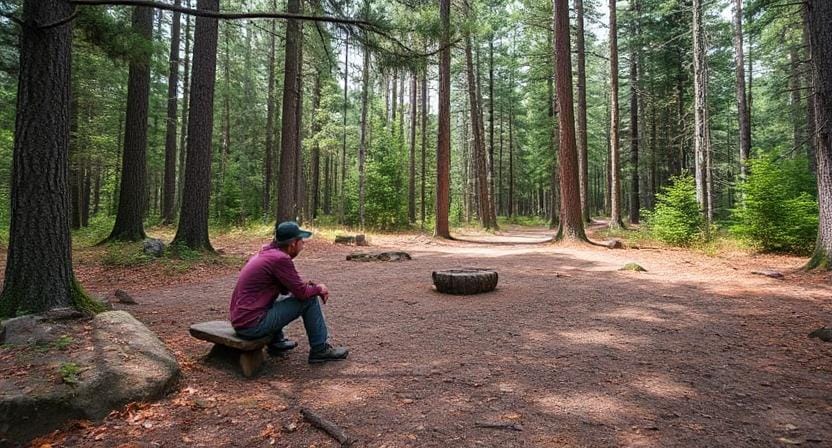
Let’s see… parks! Yes, those green patches amid concrete jungles aren’t just for picnics and dog walking; they can serve as safe zones during crises. In case of emergencies like natural disasters or civil unrest, parks often become gathering spots for information and assistance.
Interestingly enough, I once found myself lost in Central Park after getting distracted by squirrels (they're so cute!). But here’s what I learned: parks usually have maps posted throughout them. If you're ever caught in chaos, these maps can help orient you toward safety or essential resources like water fountains—and sometimes even restrooms!
Additionally, think about using park structures as temporary shelters. Pavilions offer shade from sun or rain while keeping you relatively hidden from prying eyes—or nosy neighbors who always ask why you're not wearing pants at 3 PM on a Tuesday.
Tapping Into Community Centers
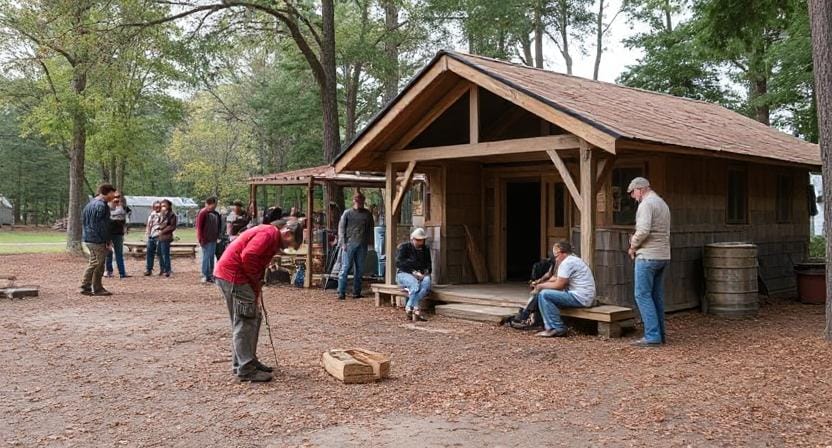
Speaking of community support systems… community centers are fantastic resources during tough times! These hubs often provide shelter during emergencies and are stocked with supplies such as food and first aid kits (not that kind of kit—you know what I mean).
To be fair though, before disaster strikes, it wouldn’t hurt to check out your local center's offerings. Many host classes on self-defense or emergency preparedness—the perfect opportunity for honing skills without needing actual danger lurking around every corner.
When push comes to shove (and hopefully it won’t), these centers may also serve as communication hubs where residents share updates on the situation outside their doors. So, make friends with those folks running bingo nights; they’ll likely have valuable intel when things go south!
Water Sources: More Than Just Drinking Fountains
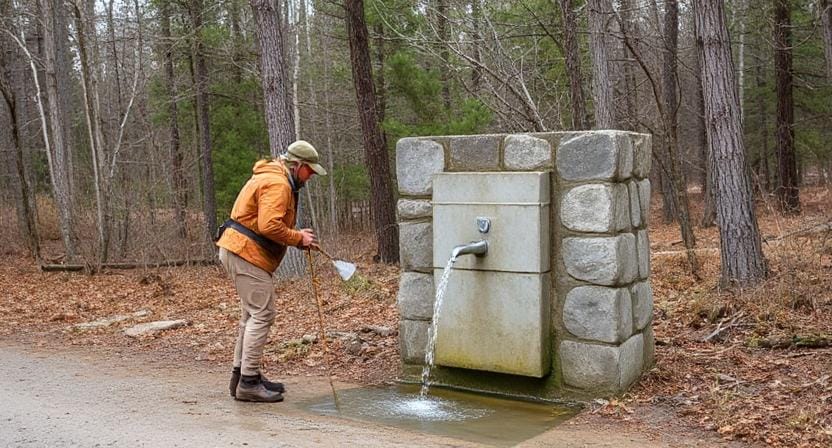
Water is vital—no one wants their apocalypse experience ruined by dehydration! Fortunately, urban areas come equipped with various water sources beyond just kitchen taps (which may run dry). Think fire hydrants and public drinking fountains—they’re not only good for quenching thirst but also handy in creative situations.
For instance, if there’s no clean drinking water available post-crisis (and trust me; nobody wants questionable tap water), consider filling containers from these sources instead! Just remember: boiling any collected water will kill off nasty bacteria—and give you an excuse for making campfire memories reminiscent of summer camp days gone by!
On the other hand… avoid using garden hoses unless absolutely necessary—they tend not only contain dirt but also potentially harmful chemicals leaching into whatever precious liquid flows through them!
Building Networks Through Local Businesses
Finally—and honestly—a little creativity goes a long way when leveraging local businesses’ resources during crises! Coffee shops might seem unassuming but think about all those caffeine enthusiasts lining up every morning—each one is potential ally right there!
During emergencies like blackouts or natural disasters where services are disrupted temporarily; these small establishments may band together providing free Wi-Fi access points or charging stations powered by generators they’ve set up themselves—it never hurts being friendly with baristas either since they hold all kinds of secrets regarding neighborhood happenings!
Plus let’s face it: nothing beats sharing stories over cups filled with steaming hot goodness while we wait for normalcy again—even if our idea of “normal” has been turned upside down faster than my dog chasing its tail after seeing its reflection!
Frequently Asked Questions
Can parks and fountains actually serve as emergency resources?
Yes, public parks may offer open safe zones and fountains may provide temporary water sources when handled safely.
How can public transit help during a crisis?
Knowing bus and train routes gives you rapid exit options if you need to evacuate fast, especially if systems still operate on backup power.
Why visit community centers during emergencies?
Community centers often act as resource hubs for shelter, food distribution, first aid access, and updated local information.
How can local businesses be useful during disaster scenarios?
Shops and cafés may have generators, Wi-Fi, charging access, and can be networking points for information sharing.
Is it important to learn multiple routes around the city?
Yes, alternate routes allow safer movement when primary streets or transit lines are blocked or overloaded.
How do urban objects like cones or signage help in emergencies?
Simple objects can block hazards, mark paths, signal danger areas, or direct people toward safer zones.
Does building a neighborhood network really make a difference?
Strong local connections improve communication, pooling of resources, and collective problem-solving during chaotic events.
Suggested Resources:
Emergency Preparedness Tips
https://www.ready.gov/prepare
Urban Survival Guide
https://www.survivallife.com/urban-survival-guide/
How To Build a Community Network
https://www.communitytoolbox.org/building-community-network

Kevin Collier is a seasoned survivalist and expert in prepping and homesteading, contributing to WiseSurvive.com. With a deep-rooted passion for self-sufficiency and outdoor survival skills, Kevin shares practical advice, strategies, and resources to help individuals prepare for any challenge. His informative articles cover a range of topics, from essential survival techniques to sustainable living practices, empowering readers to thrive in any situation. Whether you're a novice or a seasoned prepper, Kevin's insights will inspire you to take charge of your readiness and build resilience for the future.


